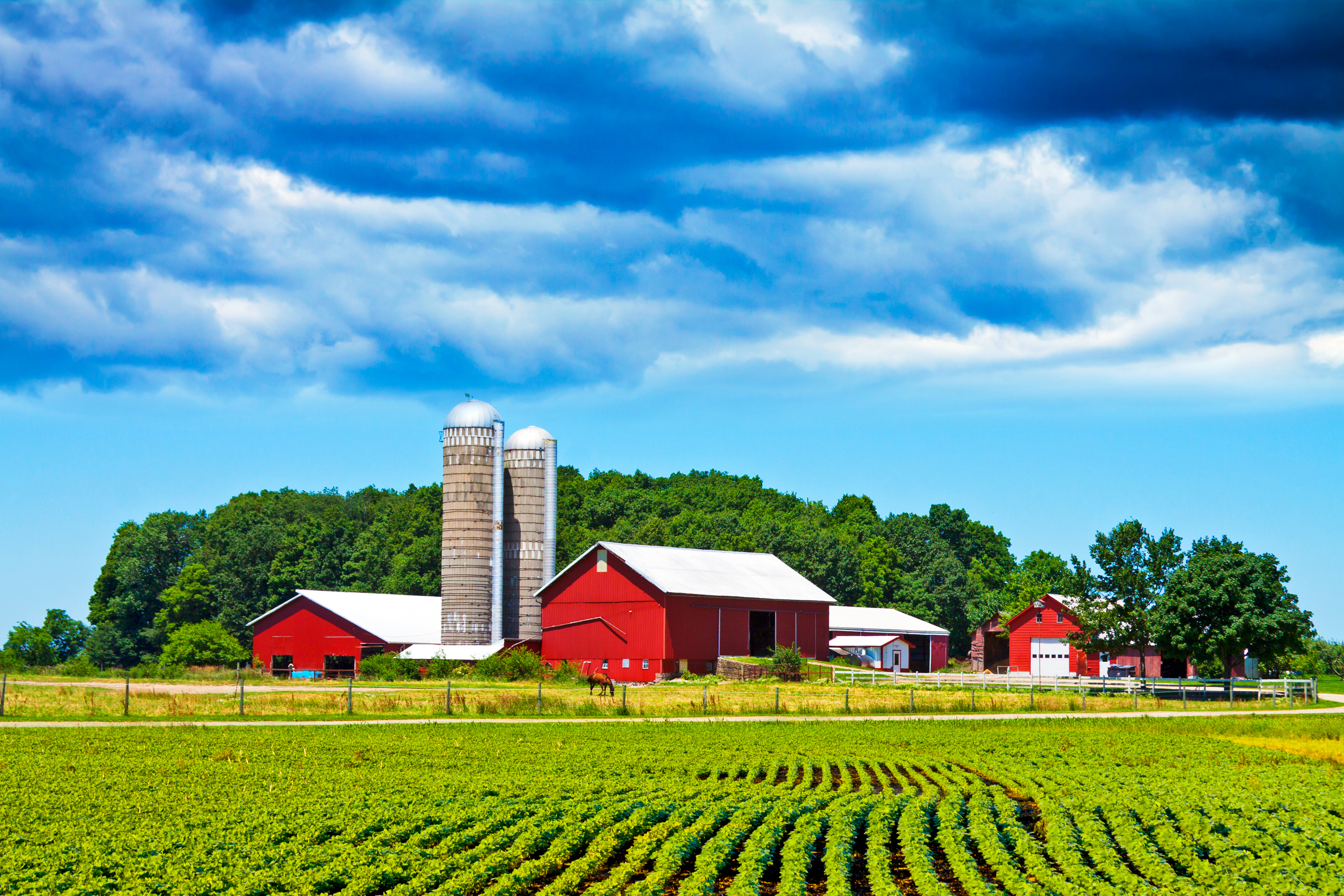Small-scale organic farmers and commercial agriculture moguls with thousands of acres may use different methods, but they still need to follow the same basic steps when preparing for a new season. Surprisingly enough, most of those steps involve the business of farming more than the fields themselves. Try to incorporate at least two or three of these four steps in your preparations this year for the best planting season yet.
Update Your Insurance
Whether you’ve chosen just crop insurance or a more comprehensive policy for your employees and equipment, you need to take a few minutes to check it every year. Major changes in your business may not be reflected in the policy, leaving you dangerously underinsured in case of an emergency. Spending an hour chatting with your farming insurance agent could also help you trim the costs by discovering new discounts.

Plant a Cover Crop
Even if you’ve never experimented with living mulches and green manures yet, it’s not too late to seed your fallow and active fields with cover crops. A sprinkling of legumes, oats, and rye can:
- Prevent erosion
- Fix amazing amounts of nitrogen into the soil
- Draw minerals up from the subsoil
- Loosen compaction and increase water penetration
- Reduce evaporation and crusting
- Add multiple tons of organic matter per acre when the crops are tilled back in.
Experiment With New Treatments
The busy season of pre-planting preparations may leave you with little free time, but clear your schedule enough to test out some different treatments for managing weeds, pests, and disease. If you’re a commercial farmer who usually relies on the same old chemicals, trying proven and affordable organic methods like Bt and orange oil sprays on a test patch could reveal that these products work better for you than the expensive products you’ve always used. In contrast, organic farmers who are falling behind should take the time to test conventional treatments off-site to see if switching away from being certified could help them save their agriculture business.
Forecast Your Sales
Finally, start thinking ahead to your sales plan before turning any soil or planting seeds. Taking the time to expand your wholesale connections or negotiate a better price with a long term buyer can help you better estimate your budget for the planting season. It’s better to find out that you’re only going to be earning half of what the same crop brought in last year due to a saturated market before you take out loans.
Categorised in: Uncategorized